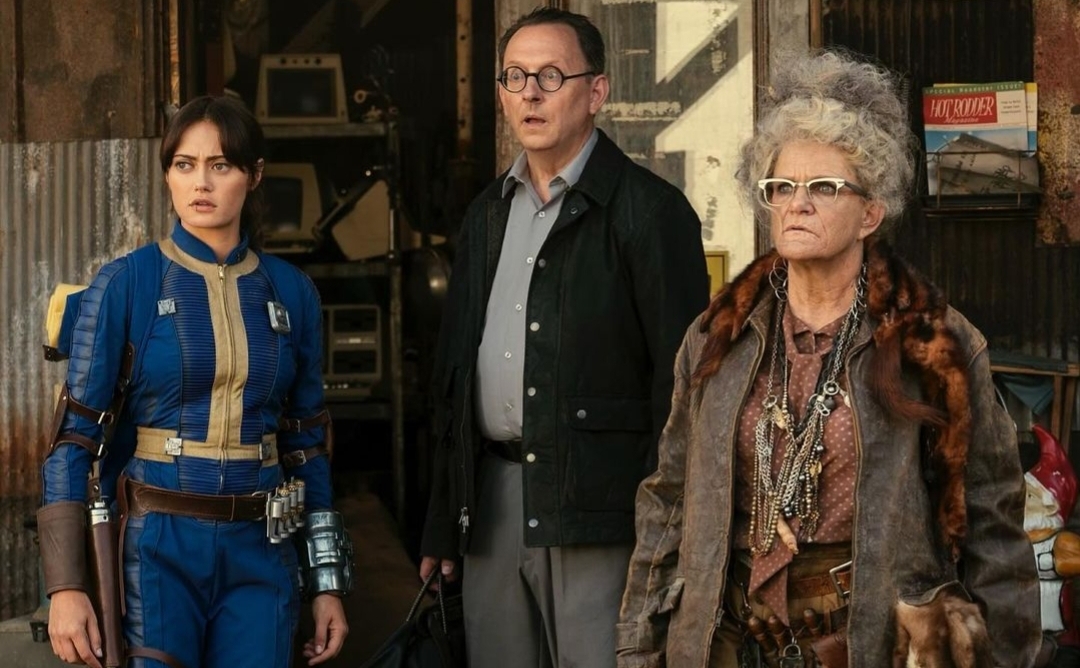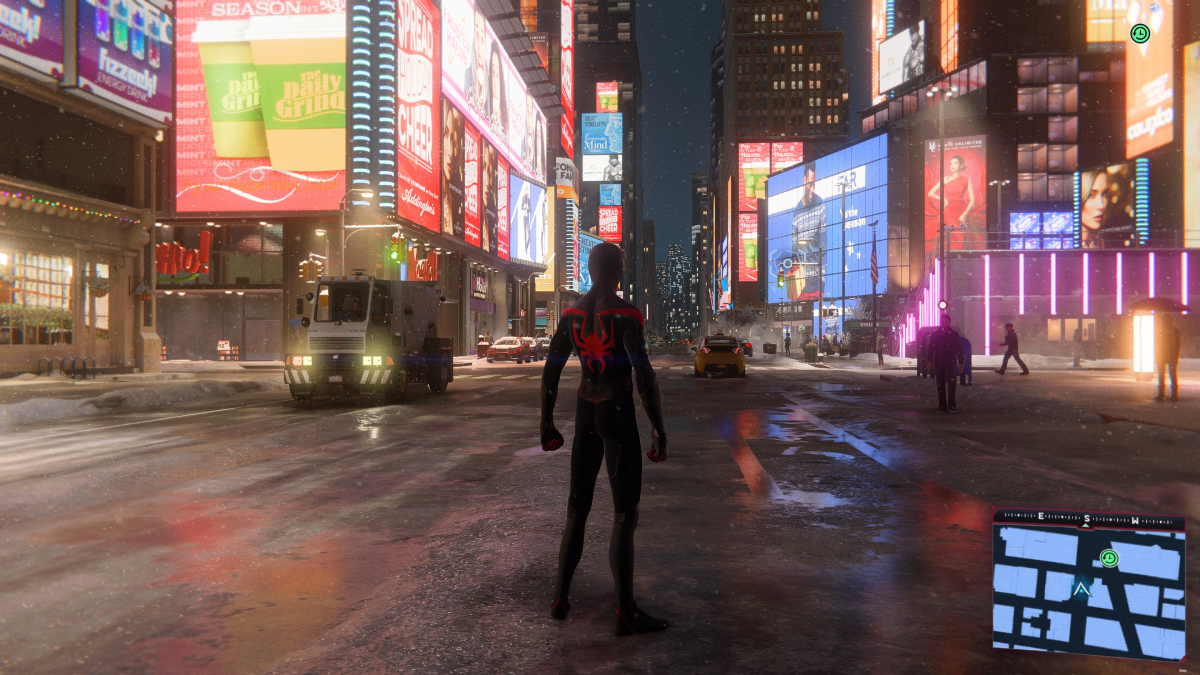Director: Jordan Peele
Run time: 2 hours 10 minutes

Nope, Peele’s third directorial outing, may debut in the horror genre, but there’s more to the brilliant film than audiences’ expectations. Peele enlists Daniel Kaluuya (Get Out and Black Panther) as Otis “OJ” Haywood Jr., as well as Keke Palmer to play Emerald Haywood, OJ’s sister. Brandon Perea plays a Fry’s Electronics technician named Angel Torres and Steven Yeun rounds out the main cast as childhood-star turned amusement-park-mogul Ricky “Jupe” Park. The first trailer to Nope was initially mysterious, similar to M. Night Shyamalan early tactics. Still, as the debut came closer, trailer number two started to reveal so much that audiences wondered how anything would be a surprise. But similar to Get Out, Peele always maintains a subtleness to be understood.
Nope is about a brother and sister pair that grew up on a ranch in inland California. Their father, played by Keith David, raised and trained horses used for movie stunts. The ranch property backs up to Jupe’s western-themed park, and while OJ struggles to maintain the company financially, he and Emerald randomly see something curious in the sky. They buy video equipment from Angel and even enlist him to help them set up the security cameras. Eventually, they convince acclaimed cinematographer Antlers (Michael Wincott) to assist in capturing what they’ve all witnessed on film, but haven’t recorded with an undeniable money shot.

Before sitting down for the film, I had a few expectations based on Peele’s previous work. My guesses were aliens in human form that were returning to Earth, aliens abducting people dumb enough to approach them, or aliens that weren’t aliens at all and instead were just an elaborate gag or trick to throw thrill seekers off the Area 51 trail. You’ll have to see it to find out how close or far off I was, and I strongly suggest you do, preferably in IMAX.
Daniel Kuluuya does some amazing work here, though his role is vocally much quieter than his recent turn in Judas And The Black Messiah. His stoicism and reserved nature in the film are crucial and a brilliant contrast to Palmer’s confidence and Perea’s anxiety. Blended with Park’s somber trauma and Wincott’s sage demeanor, the film is a perfect conglomerate and enactment of human emotions.

Peele is definitely taking a different approach for audiences expecting racial commentary that’s directly on the nose. This approach was a solid decision because Peele clearly knew what audiences wanted and expected from him, so he delivers those desires in an unexpected package. Peele has likely seen three horror movies for every one I’ve seen, so he adroitly alludes to the classics in creative ways to keep audiences guessing. We are the subject, though. And the conceit of the film is rather simple and will be even clearer upon second viewing because of some spectacular costume and set design, as well as cinematography. The sound design does much of the lifting too, giving the actors the space to literally stare and lose themselves as their minds wander off. If audiences allow their minds to wander with the sound and image collective, they’ll land on the societal critique Peele already acknowledges at the core of the film.
Peele’s films receive a small yet vocal amount of criticism for reasons I translate to ‘why aren’t white people and overt racism always the center of the story!’ Get Out is a solid movie in terms of narrative tension, acting, and story, and we get all of this and more in Nope. All of his work has a healthy influence from other movies and television in their bones, yet people keep expecting Peele to rinse and repeat racial strife. The power of Nope is that it attempts and succeeds at something different. This story is just as personal as his debut; it just happens to not be based on melanin content.

Speaking of Peele as director, screenwriter, and producer, he’s pushing through the wall that M. Night likely struggled with because Peele isn’t merely doing the same trick of a well-placed twist over and over again. The director places pressure on society and does it from a different angle each time. The consistency is that you believe his characters in each iteration. For example, Peele references one particular scene and story three times, twice visually and once as a retelling. The scene is fleshed out more and more each time, but manages to reinvigorate tension each time. Each version shifts the audiences’ empathy towards a new character.
Hopefully, word of mouth will carry the film to an $80-90 million debut, but I definitely think it will have a successful summer run. I’m no horror, thriller, or gore buff, but I still enjoyed the film. I found the trailers leading into the movie to be more frightening than the actual movie’s jump scares, bodily harm, and anxiety-inducing scenes. The film does an amazing job of pulling you along through your curiosity though, so keep your guard up.
For a first viewing, we give it a 9 out of 10.

